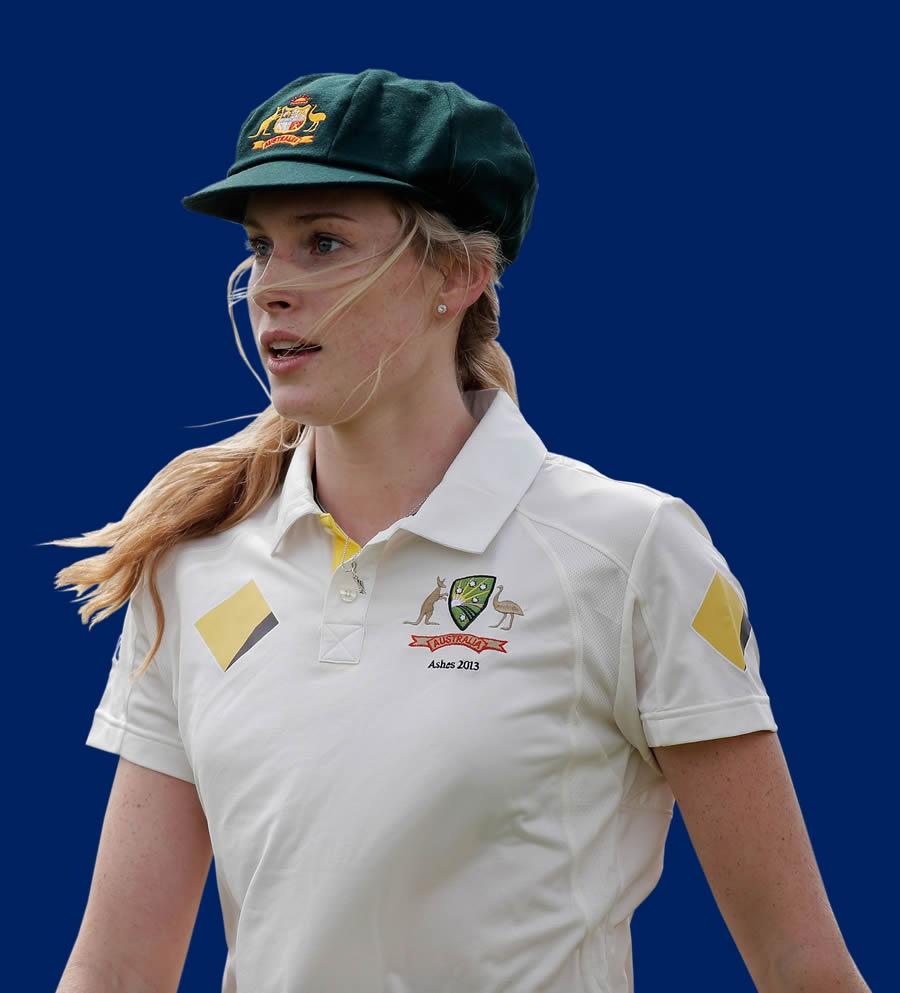Sportsmind Six-Step Sports Visualisation Technique
We’ve developed a simple, yet powerfully effective, six-step visualisation technique for elite athletes:
- Relaxation
- Count-down
- Natural Place Imagery
- Positive Shield & Trigger
- Sports Practice Imagery
- Count-up
This is explained in greater detail below, but first some important information about visualisation practice.

